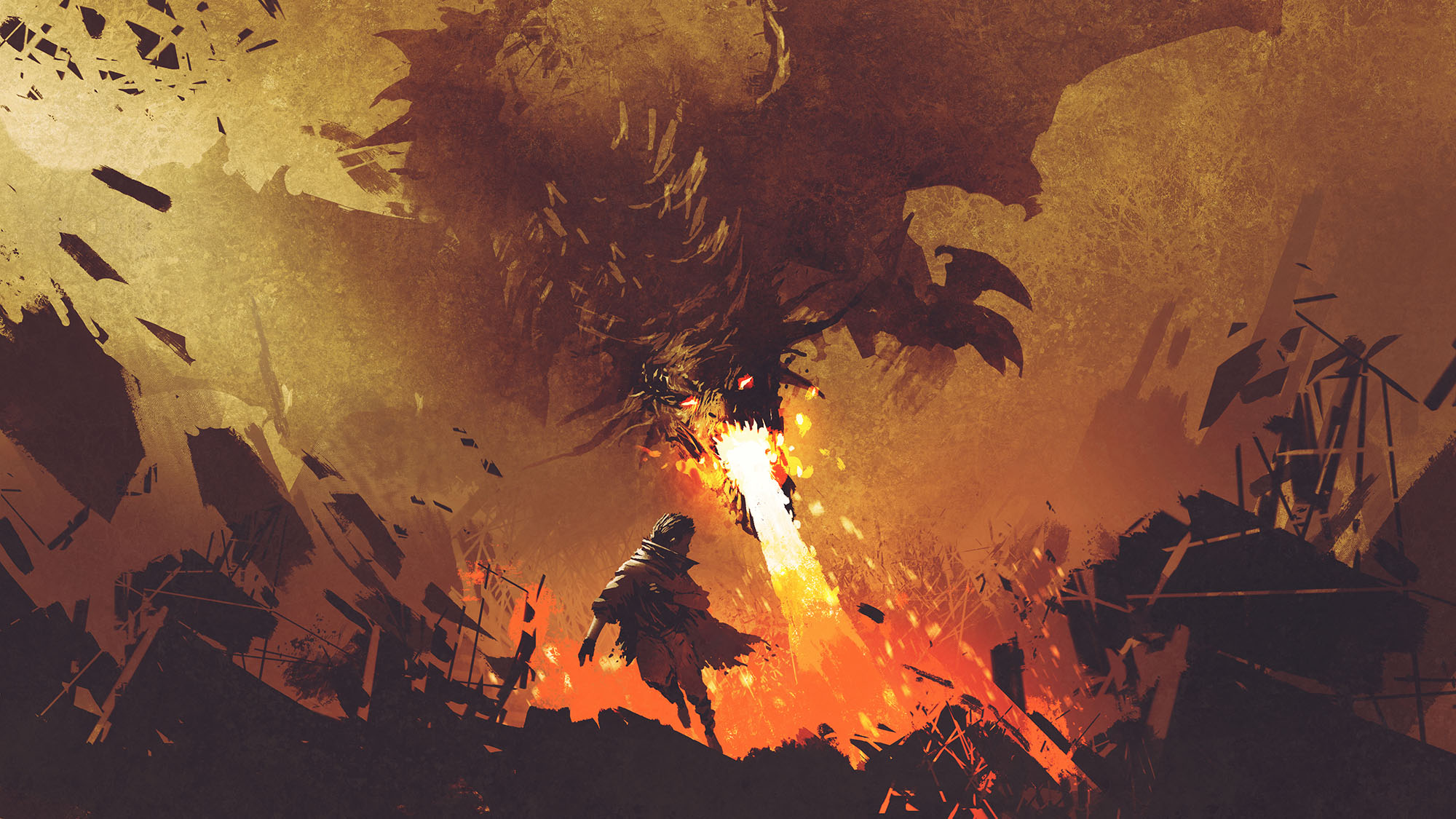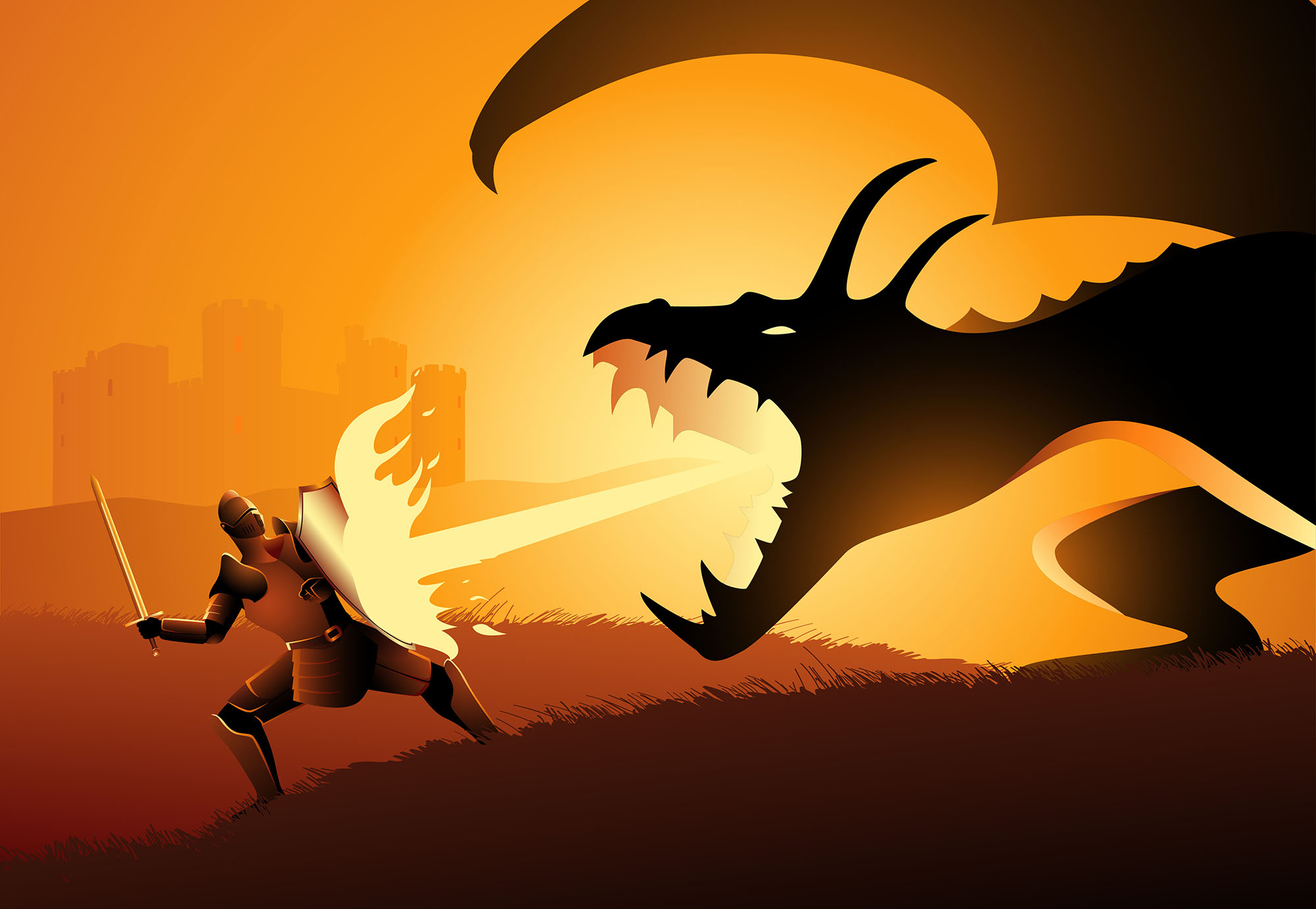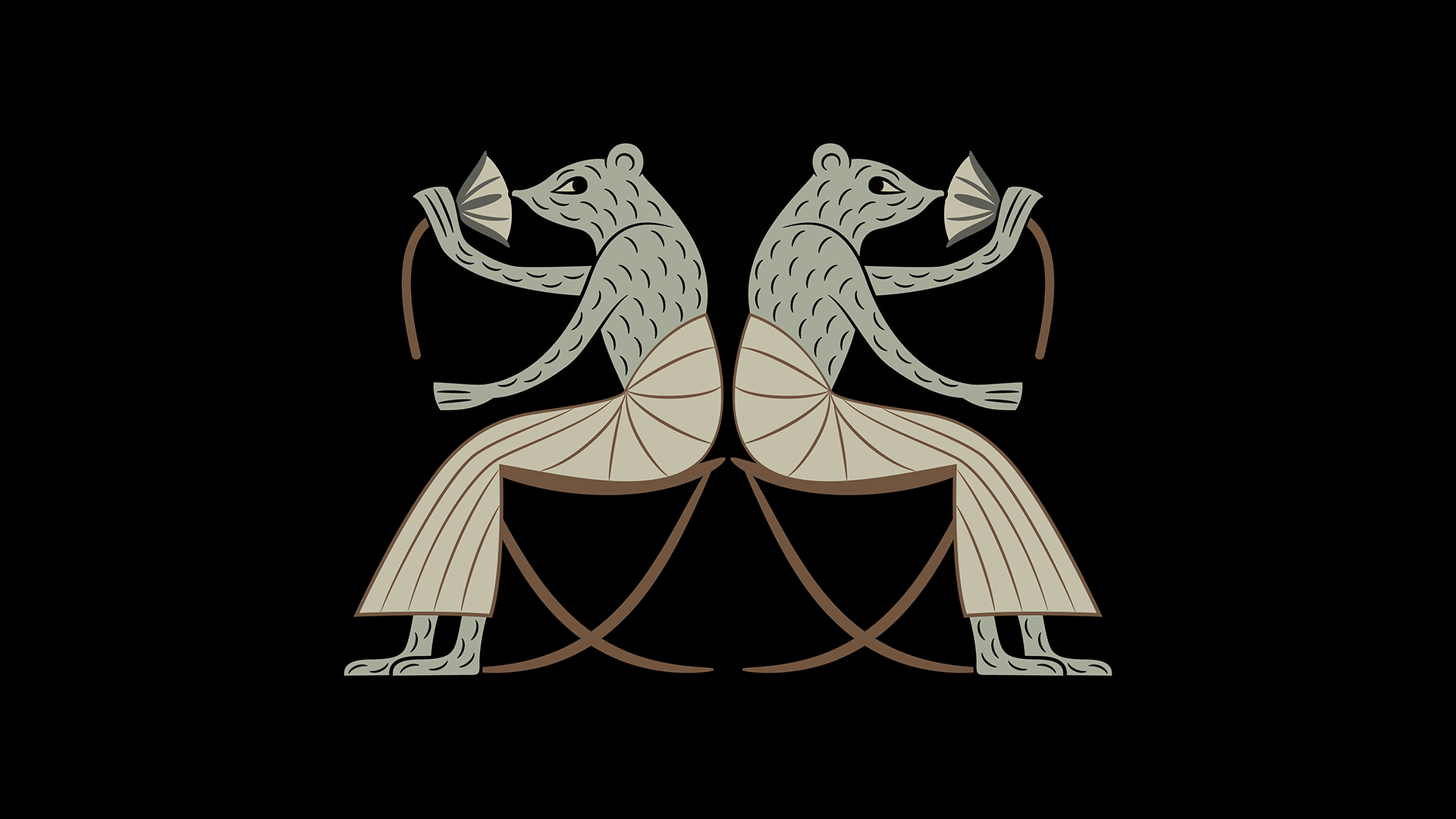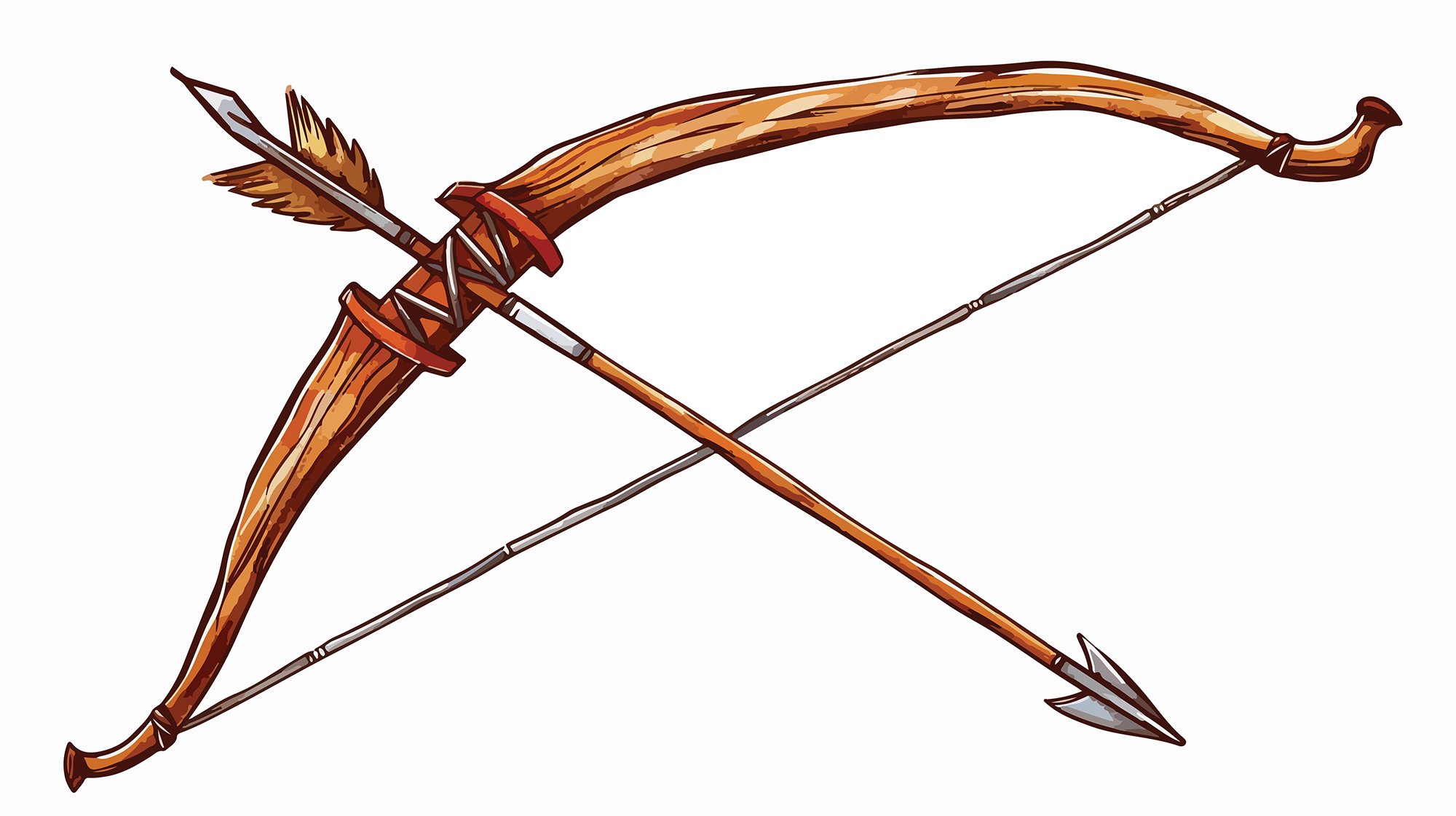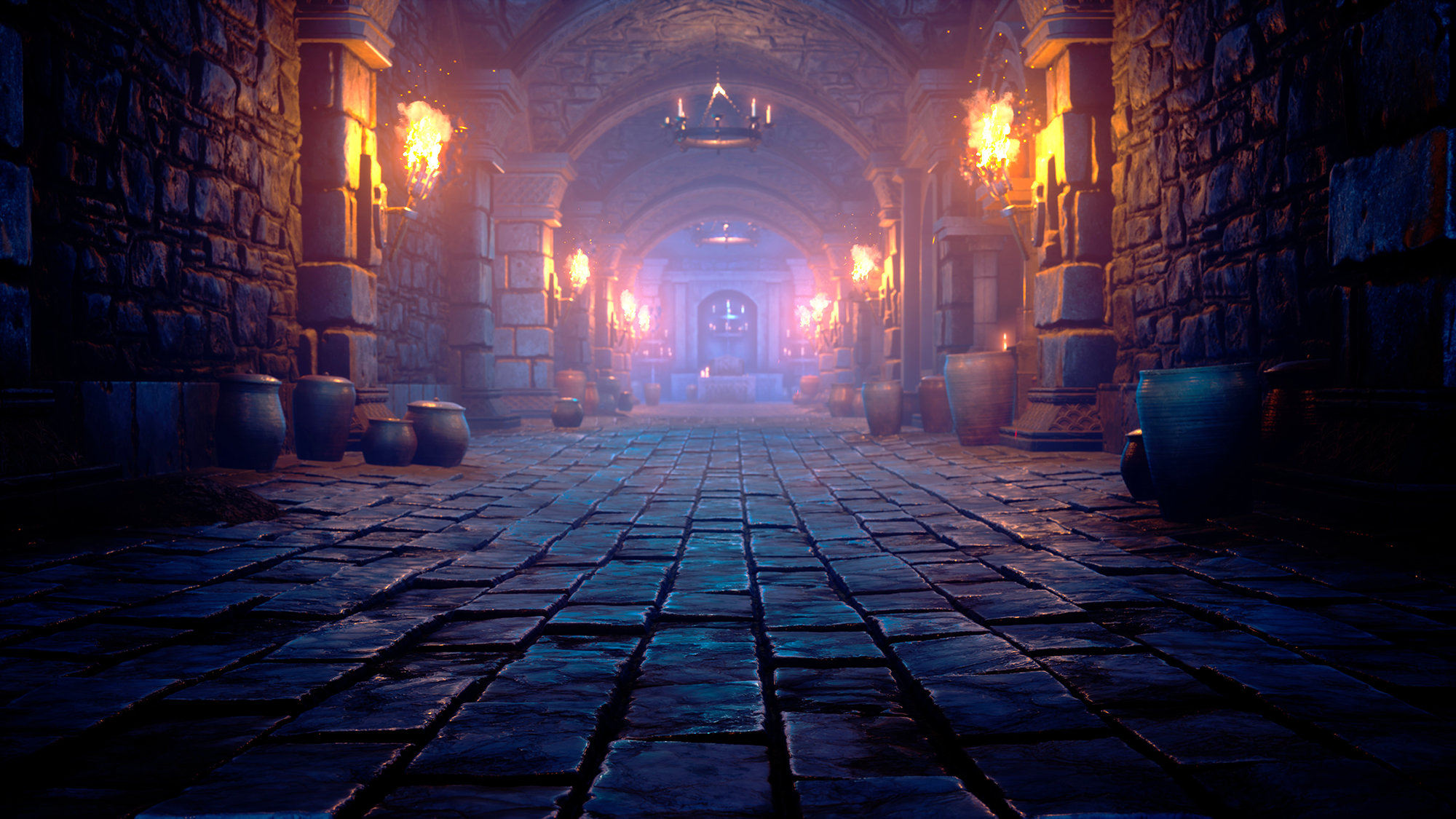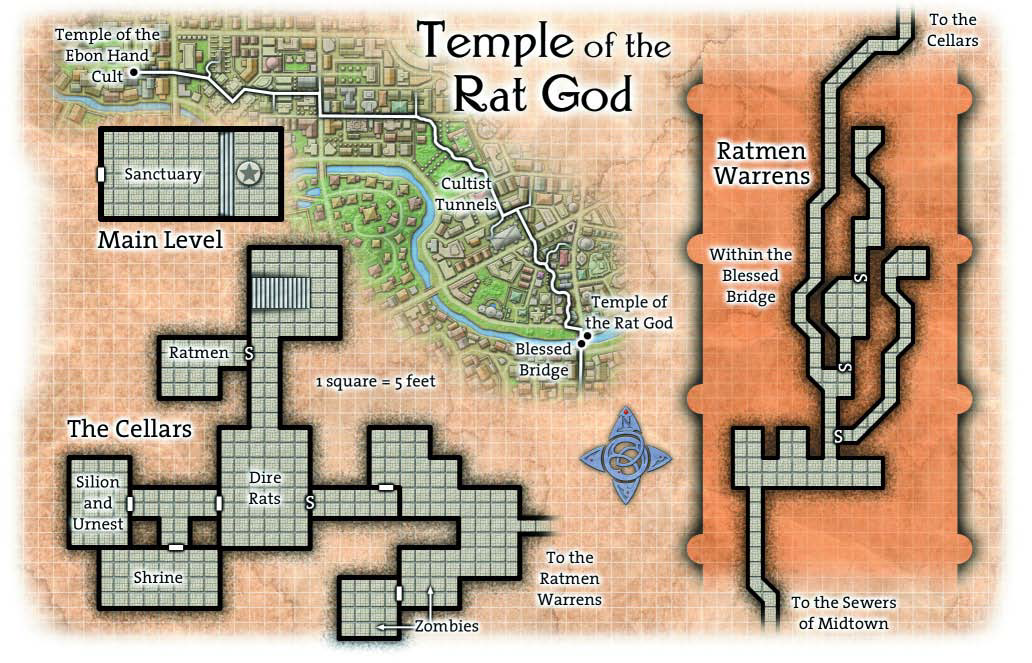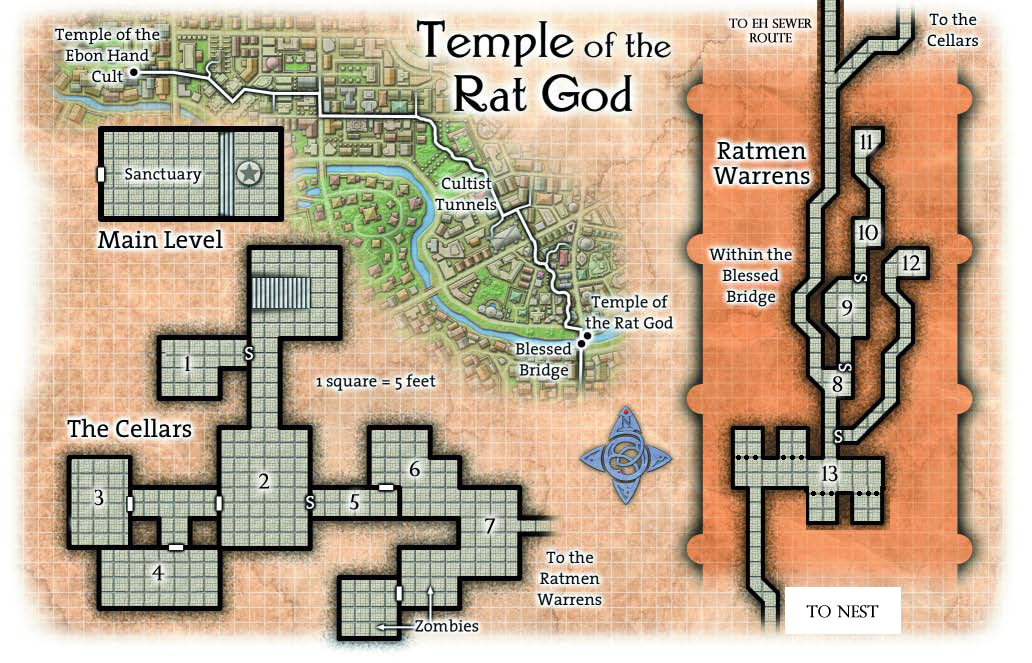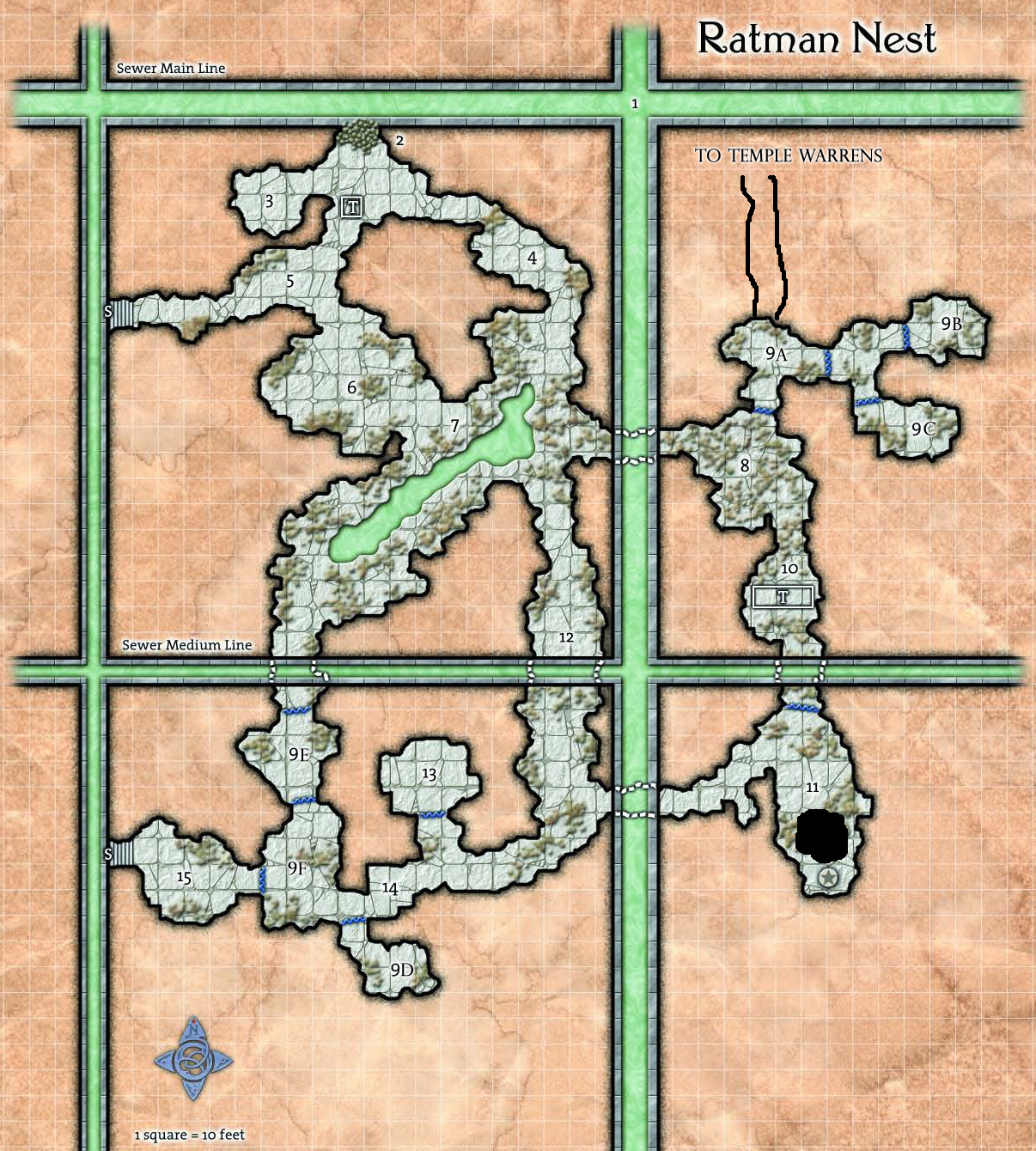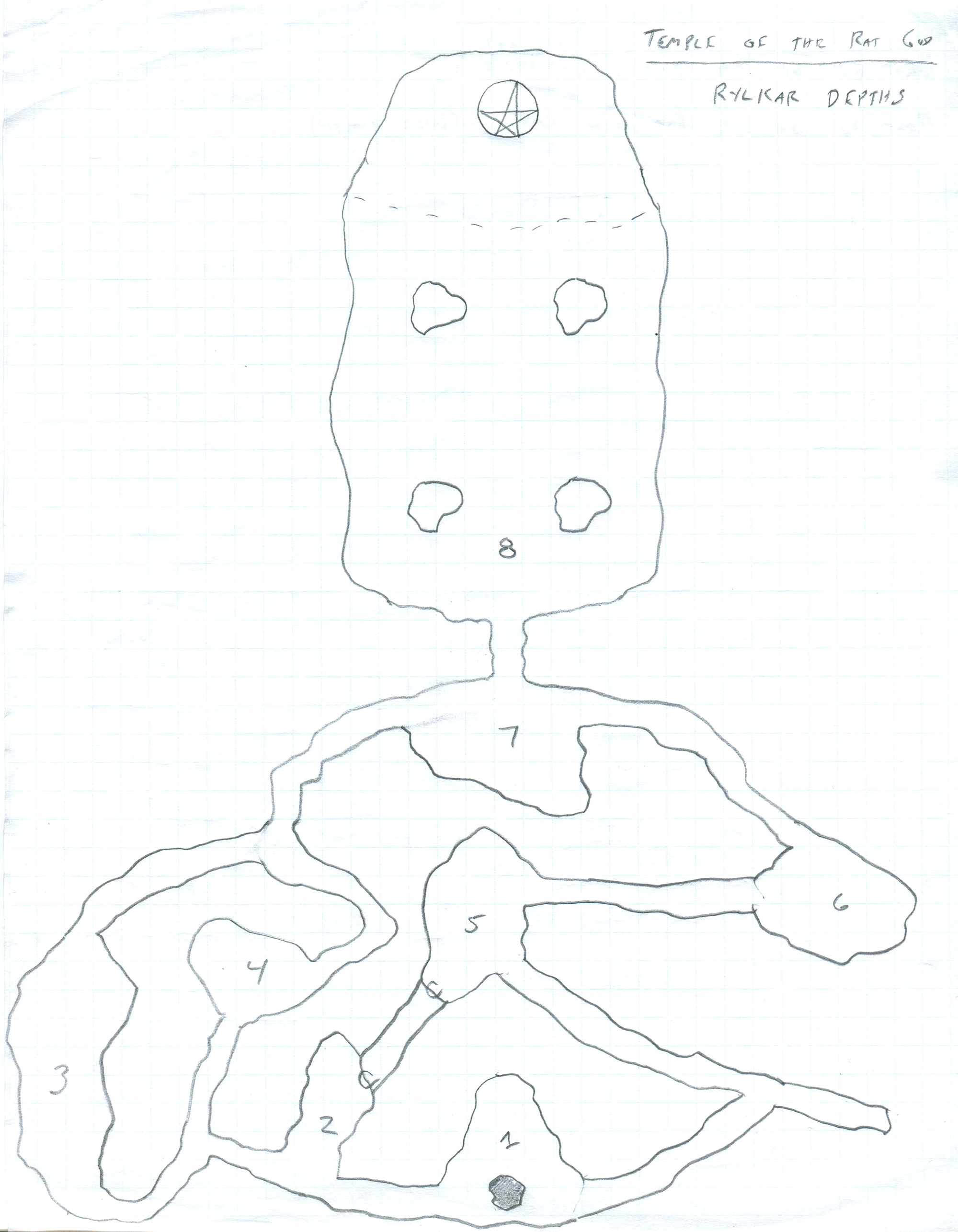“If I cast a fireball spell and fill a room with a giant explosion that incinerates a half goblins, shouldn’t the curtain in the room catch on fire? And how did the delicate potion bottles the goblins were carrying all manage to survive the explosion?”
“If I fell into a vat of acid… even if I survive, isn’t there a risk that my boots of elvenkind would be damaged?”
“So if I stabbed him through the chest, which is mithril shirt in perfect condition and ready to be worn into combat?”
Good questions!
Questions like this have been asked since at least the dawn of D&D (and I wouldn’t be shocked if they date back to Arneson’s Blackmoor campaign), so by asking these questions you’re part of a tradition that’s entering its sixth decade!
And, traditionally speaking, there are several broad approaches that have been taken to answering this question:
- Let’s just ignore that sort of thing. It’s not worth the hassle.
- The GM can just apply that sort of thing ad hoc when it seems appropriate. (GM intrusions are a great mechanic for handling this!)
- Whenever we cast a fireball or someone gets hit by a black dragon’s acid attack, we should (a) resolve the attack and then (b) have some sort of procedure for applying (or potentially applying) damage to every single individual piece of equipment carried by the character, tracking the hit points for each individual piece of equipment. It probably makes sense to have a threshold of damage at which the item’s utility is impaired and then another at which it’s totally destroyed. Oh! We’ll also need repair rules, so that damaged equipment can be recovered before it’s lost forever!
The great thing is that anyone actually doing #3 inevitably discovers that it’s a huge pain in the ass and they rapidly circle back to #1. So it turns out there’s really only one solution, it’s just a question of how long it takes for you to reach it!
… but there are a couple things to think about.
First, it turns out that “you can cast fireball or meteor swarm and unleash overwhelming hellfire upon your enemies, but if you do that you risk losing all the kewl lootz they’re carrying” was actually an interesting balancing mechanic that varied gameplay and created interesting strategic choices.
Second, the verisimilitude of “your acid arrow melts a hole through the goblin’s chain armor!” or “as the flames of fireball clear, you can see that all the books in the library are aflame!” is appealing. It just makes sense! That’s why, after five decades, we’re still asking these questions!
Plus, it can really make the wizard’s player feel like a badass.
Is there a way we can have the best of both worlds?
Maybe.
LOOT DAMAGE!
When looting an NPC’s corpse, roll 1d6 for each:
- Armor
- Weapon
- Magic Item (or other significant item)
- Container (e.g., a backpack)
On a roll of 1, the item was damaged. (Their armor is rent; their blade broken; the potion bottle shattered.) If a container is indicated, the container is ruined and you should additionally make a check for each item bundle in that container.
Non-Fragile Magic Items have advantage on this check. (Roll 2d6, and both dice must roll 1 for the item to be destroyed.)
Fragile Items or items that are particularly vulnerable to the attack(s) suffered (e.g., paper blasted by a fireball) have disadvantage on this check. (Roll 2d6, and a 1 on either die means the item has been destroyed.)
Area Effects, like a fireball or dragon’s acid breath, trigger a check for all unattended loot in the room / area of effect. You can wait until the PCs start looting to make these checks, but a check is made for each area damage effect! (If there are valuables about, use with caution!)
DESIGN NOTES
The advantage of a loot-focused approach is that the bookkeeping is pushed to the point where the party is, in fact, looting the bodies. Listing, distributing, and recording loot is, of course, already a moment in the session that’s focused on bookkeeping. So rather than bogging down the action-focused combat sequences, this system.
By using a simple binary check (destroyed or not destroyed?), we’re also simplifying the mechanic so that it can be resolved quickly and efficiently. Simply grab a fistful of d6s, roll them all at once, and check the condition of each item as you list it for the players.
You can easily tweak this procedure by varying the dice size until you’ve got a frequency of loot damage that feels right to you.
GRITTY VARIANT: PC EQUIPMENT
In addition to checking for loot damage, when a PC is slain or brough to death’s door, make a damage check for their equipment (as per the loot check).
These checks might be triggered only if a PC is actually killed. (“We were able to raise you from the dead, Norgara, but not your plate armor.”) Alternative thresholds might vary depending on what edition of D&D you’re playing, and in some cases you might have multiple triggering events:
- D&D 5th Edition: When the PC has to start making death saves.
- D&D 3rd Edition: The PC has negative hit points, even if they haven’t reach their death threshold.
- D&D 3rd Edition: The PC suffers massive damage.
- AD&D: The PC is reduced to 1/10th their maximum hit points.
For a truly brutal variant in any edition, you could also trigger an equipment damage check any time the character fails a saving throw against an area effect. (Or, for a less painful version, when they roll a natural 1 on a saving throw.)
DESIGN NOTES
In D&D 5th Edition, in particular, triggering an equipment damage check on death saves gives them an extra bite. You REALLY don’t want to be popping up and down on the battlefield! Get some healing to your allies!
INCIDENTAL DAMGE
Incidental environmental effects and damage — e.g., curtains being set on fire, windows being blown out, spilled oil being set aflame — is still be handled by via GM fiat and the whim of description.
If you want a rudimentary procedural generator for this, however, you could roll an additional 1d6 for each area effect and, on a roll of 1, make a point of including a significant environmental effect (e.g., the dragon’s acid breath melts the floor, creating difficult terrain; or the fireball spell causes the barrels of oil in the room to explode).
ADDITIONAL READING
Shields Shall Be Splintered!
5E Encumbrance by Stone
Disclaimer: I am not entirely sure how serious I am about this.

